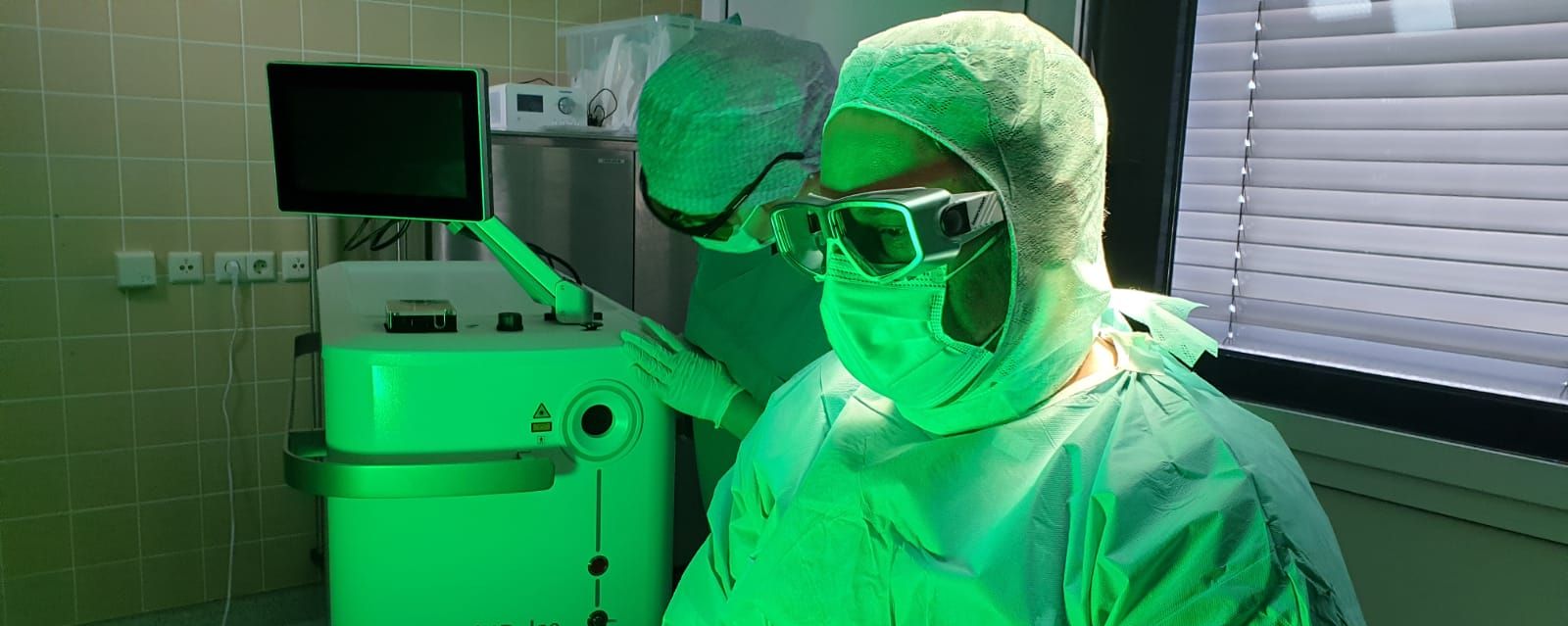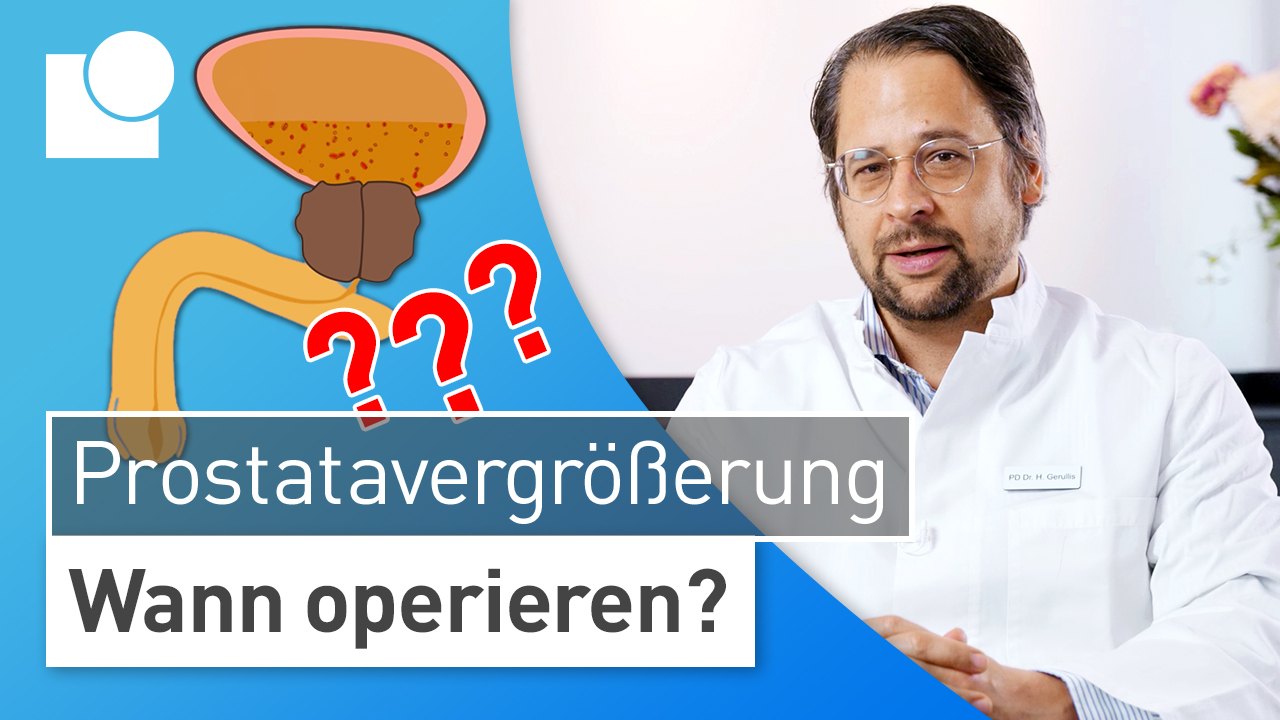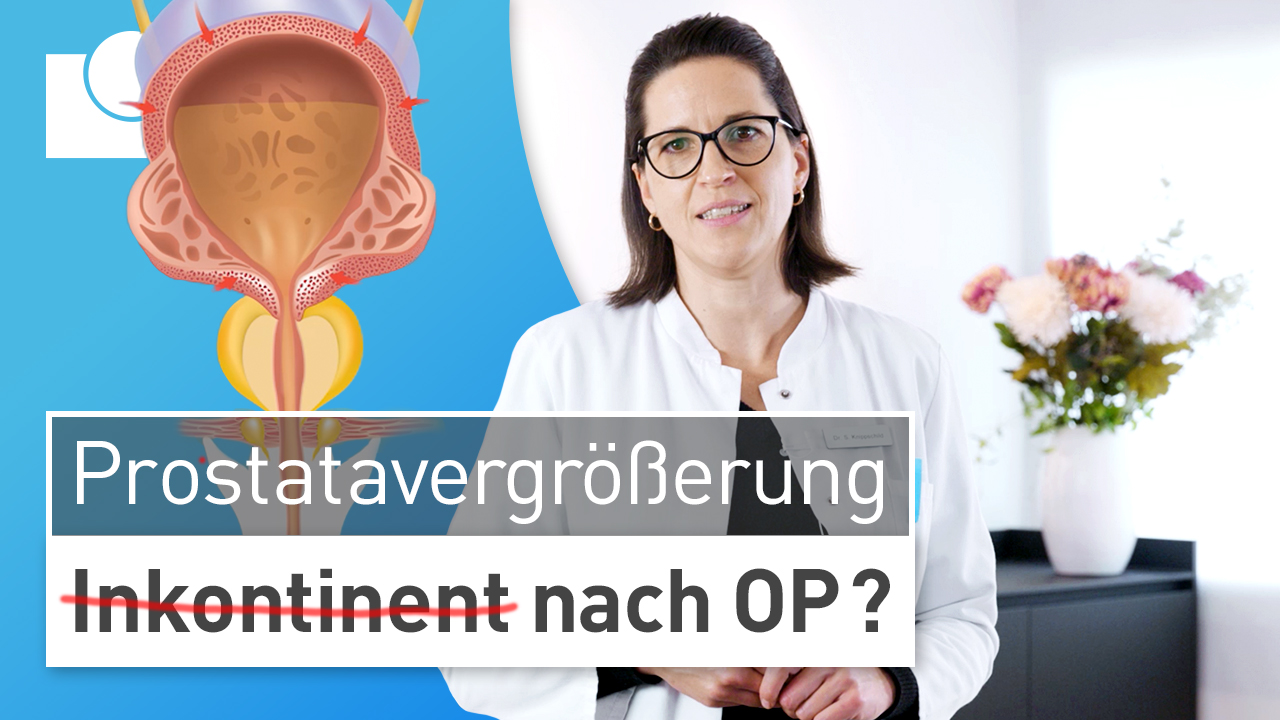Benign prostatic hyperplasia should be examined by a doctor and treated if necessary. This is because an enlarged prostate can, under certain circumstances, lead to serious consequential damage.
Bladder infection : If incomplete bladder emptying repeatedly leaves residual urine in the bladder, there is a risk that germs will develop in the bladder and cause an infection.
Damage to the kidneys: If residual urine remains untreated for an extended period of time, kidney drainage may be obstructed or a bladder infection may ascend to the kidneys via the ureters. The result can be the development of chronic kidney damage, which can lead to kidney failure.
Urinary stones : If residual urine repeatedly remains in the bladder, the formation of urinary stones is also favored. Small urinary stones, which are normally flushed out during urination, remain in the bladder and increase in size there.
Bleeding: Blood vessels of the prostate or bladder can be damaged by increased squeezing when going to the toilet; the urine becomes bloody. Anticoagulant medications (ASA, Marcumar) can additionally increase bleeding. Bladder infections can also lead to blood in the urine.
Acute urinary retention: If acute urinary retention occurs, the "full" bladder can no longer be emptied, although the affected person feels a clear urge to urinate. The overstretched bladder can sometimes cause very severe pain. In such a case, you should urgently contact a doctor, who will empty the urine with the help of a thin catheter as an immediate measure.


























